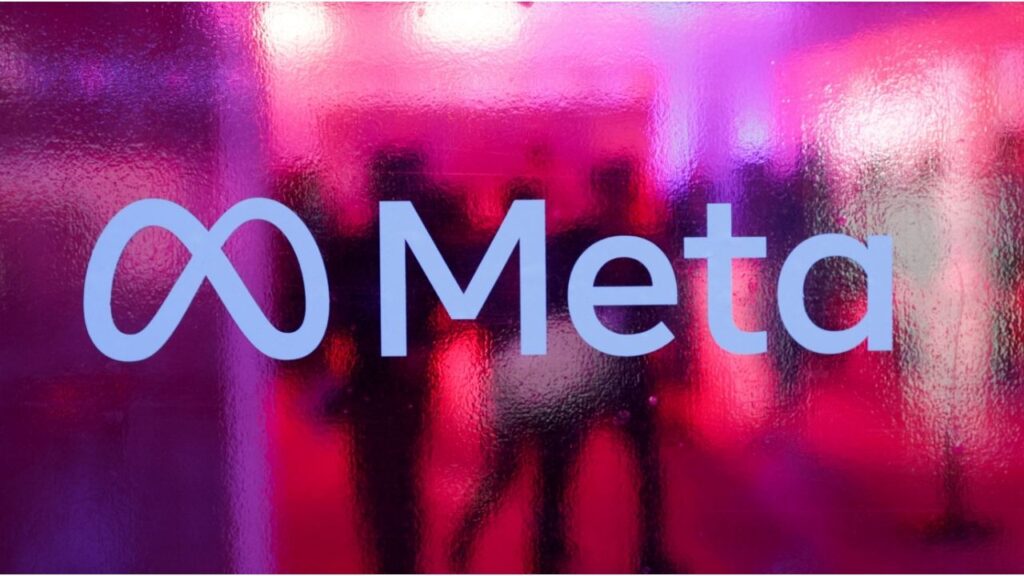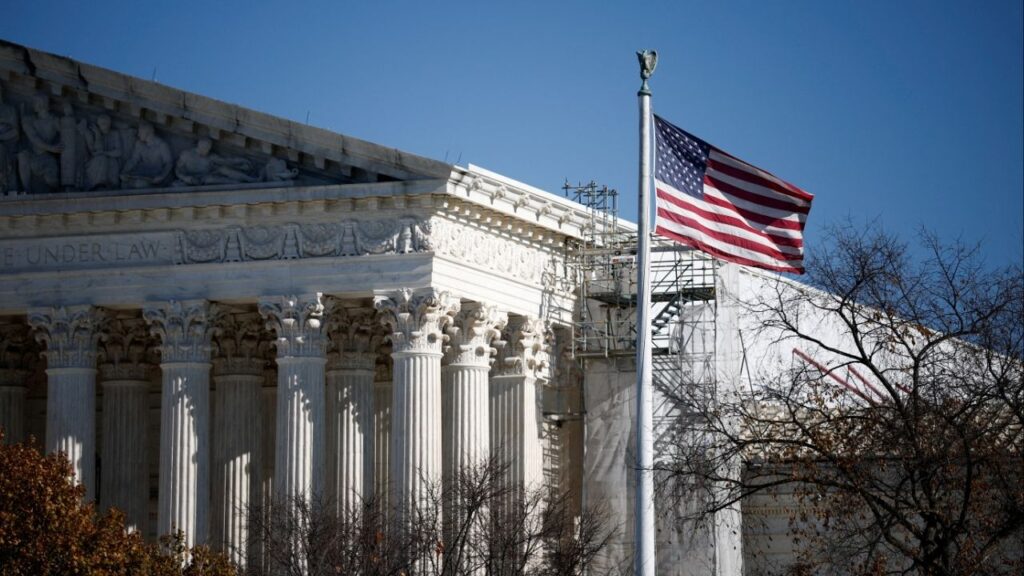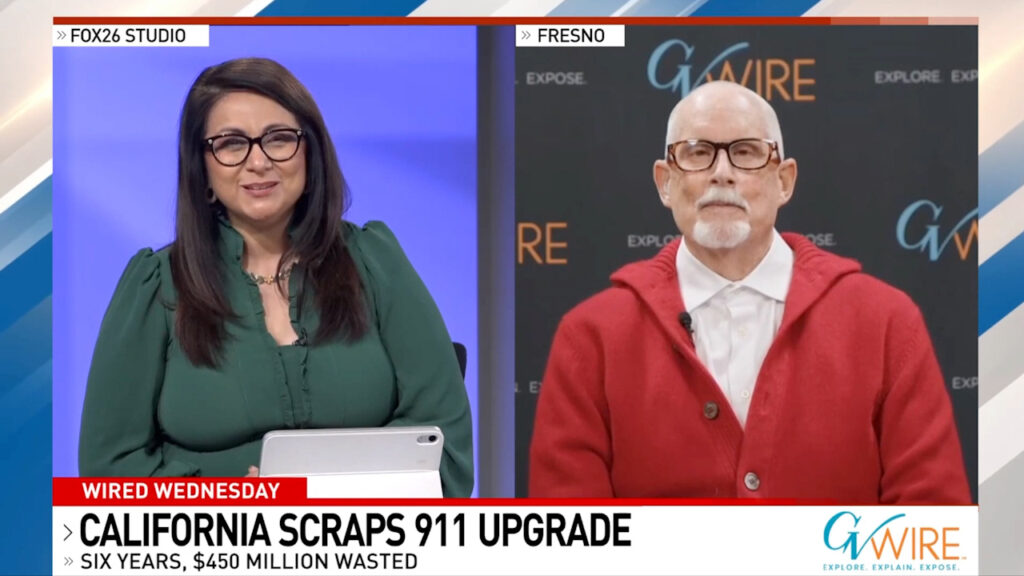House Speaker Mike Johnson (R-La.) left, swears in Rep. Adelita Grijalva, (D-Ariz.), at the U.S. Capitol on Wednesday, Nov. 12, 2025. (Haiyun Jiang/The New York Times)

- A bipartisan House coalition hit 218 signatures Wednesday to force a vote compelling release of the Epstein investigation files.
- Speaker Mike Johnson, long opposed to the measure, relented and said the House will vote on it next week.
- The bill is expected to pass the House but faces steep odds in the Senate and a likely Trump veto.
Share
|
Getting your Trinity Audio player ready...
|
WASHINGTON — After it received a 218th signature Wednesday night, a bipartisan effort to force the House to vote on a measure that would compel the Justice Department to release the Epstein files advanced to the next stage.
With President Donald Trump and House Republican leaders opposed, proponents had turned to an arcane procedural tactic, known as a discharge petition, which allows them to circumvent House leadership and bring bills onto the floor if a majority of members — 218 of them — sign on.
When it became clear that they had succeeded, Speaker Mike Johnson, who had gone to extraordinary lengths to avoid a vote on such a measure, relented Wednesday night and said he would bring it to a vote next week. The measure now appears likely to pass, though it is unlikely to survive to enactment. It would, however, put the entire House on record demanding full transparency from the Trump administration on the Epstein affair.
Here’s how the process will work.
Who Is Discharging What?
The House of Representatives operates by majority rule, but in practice, the speaker and the leaders of the majority party control how and whether bills move to the floor.
Normally, when legislation is introduced, it gets referred to a House committee that is controlled by the majority. That committee is not required to act, and bills opposed by the leadership effectively die at this stage. A discharge petition is supposed to provide an end run around this problem. Its name comes from the act of discharging a bill from committee.
In this case, Rep. Thomas Massie, R-Ky., and Ro Khanna, D-Calif., were looking to force a vote on a bill that would require the Justice Department to release within 30 days material on its investigation into deceased sex offender Jeffrey Epstein and his longtime associate Ghislaine Maxwell.
The lawmakers turned to a discharge petition after it became clear that Johnson would not bring the bill, which the White House has fought to kill, to the floor.
A 218th Signature Started the Clock on Action
Massie and Khanna began collecting signatures in September. But their petition was only able to reach the 218-member threshold Wednesday, when Rep. Adelita Grijalva, D-Ariz., signed it just minutes after she was sworn into office.
Once 218 members have signed a discharge petition, the signatures are effectively frozen, and none can be removed. Trump spent the hours before the final signature feverishly lobbying Republican signatories to remove their names, including dispatching the attorney general and FBI director to meet with Rep. Lauren Boebert, R-Colo., in the White House Situation Room. None budged.
Typically, once it reaches 218 signatures, a discharge petition must “ripen” for seven legislative days — not calendar days, but the days when the House is in session and conducting legislative business. Then, a member can call up the measure on the floor, and the speaker must schedule it for a vote within the next two days.
Massie said Wednesday night that he had checked with the House parliamentarian and learned that even if one of the members who signed the petition left Congress or died, their signature would still stand.
That question was particularly relevant because one signatory, Rep. Mikie Sherrill, D-N.J., who was just elected governor of her state, said she would resign from the House next week, while the measure was expected to be ripening.
Because of the House’s schedule, which includes a weeklong Thanksgiving break, it initially appeared that the House would not vote on the Epstein measure until the first week of December. But the speaker said he would not wait that long.
Johnson Seems to Have Opted to Rip off the Band-Aid
On Wednesday evening, Johnson said he would speed up the timeline and schedule the Epstein vote next week rather than running down the procedural clock on the discharge petition.
Johnson continues to oppose the bill, arguing that it is unnecessary and that a separate investigation into Epstein by the House Oversight Committee is a more effective vehicle for transparency. As speaker, he could use procedural maneuvers to try to table the bill, as he did with an unrelated discharge petition earlier this year.
But Johnson had said he would bring the measure to the floor if it got majority support, and his decision to move the vote up suggested he saw no reason to forestall the inevitable.
The Epstein Measure Is Likely to Pass the House but Has No Path to Enactment
If every representative who signed the petition also votes for the Epstein measure, it would pass the House.
In fact, it is expected to draw even more votes than that. Republican leaders expect that some of their members who did not sign the discharge petition — which many lawmakers frown upon as an act of party disloyalty that undercuts their leaders — are likely to vote for the resolution itself. Rep. Don Bacon of Nebraska already told reporters this week that he would support the measure, even though he did not join the effort to force a vote on it.
But unlike the subpoenas issued by the House Oversight Committee for its investigation into Epstein, which this week yielded emails in which the disgraced financier asserted that Trump knew more about Epstein’s abuses than he had acknowledged, the resolution has no force unless it is enacted into law. That would require passage by both chambers of Congress and a presidential signature.
If the bill were to pass the House, it would be sent to the Senate, where it would face tough odds.
It would take 60 votes to bring up the bill in that chamber. Democrats hold 47 seats, so even if all of them back the measure, they would still need 13 Republicans to buck Trump and join them.
If the bill were to pass the Senate, it would be sent to the president’s desk, and he would be all but certain to veto it. Even if he did not, the only way to compel cooperation with such a measure would be for the House to enforce it by holding the attorney general in contempt of Congress for failing to comply, an exceedingly unlikely scenario.
A House Vote Is Its Own Defeat for Republicans
Republicans were hoping to avoid a vote on the Epstein files because they did not want to be put in a politically difficult position. Trump has exhorted his supporters to move on from the Epstein investigation, and he has in the past several months called Republicans with continued concerns “stupid,” “foolish” and “very bad.”
But many of Trump’s right-wing supporters were primed to expect explosive revelations in the Epstein files by Trump and some of his top allies. They were outraged when the Justice Department closed an investigation on the matter in July without releasing all of its files and have clamored for more information, flooding their members of Congress with phone calls, emails and social media posts pushing them to fight for more transparency.
Republicans did not want to find themselves in a political jam as they navigated those competing demands from the constituents who elected them and Trump, who is the leader of their party and wants to keep the matter closed.
—
This article originally appeared in The New York Times.
By Michael Gold/Haiyun Jiang
c. 2025 The New York Times Company
RELATED TOPICS:
Categories

MAHA Activists Urge Trump to Fire His EPA Administrator

Meta Strikes Multiple AI Deals With News Publishers

















